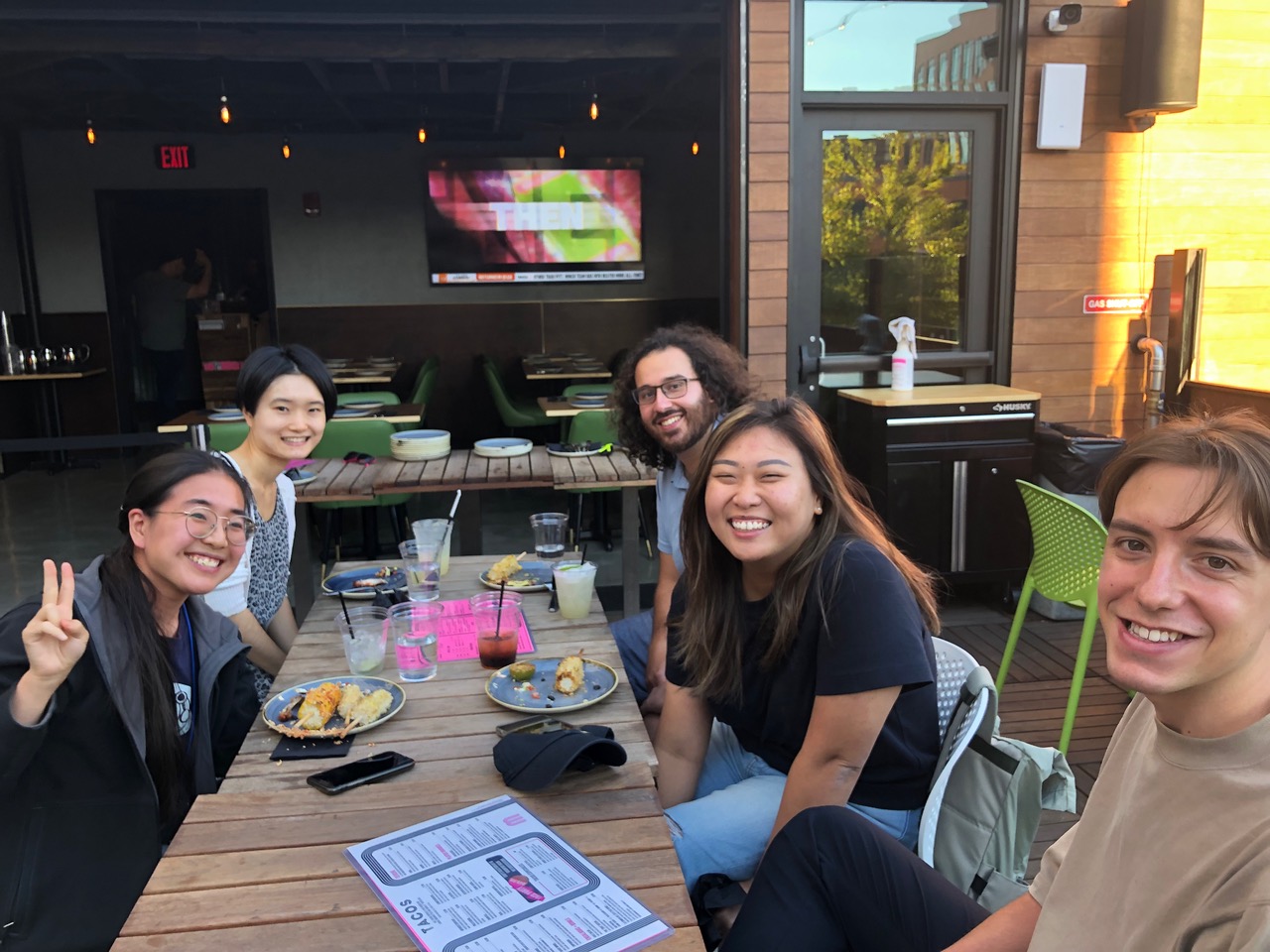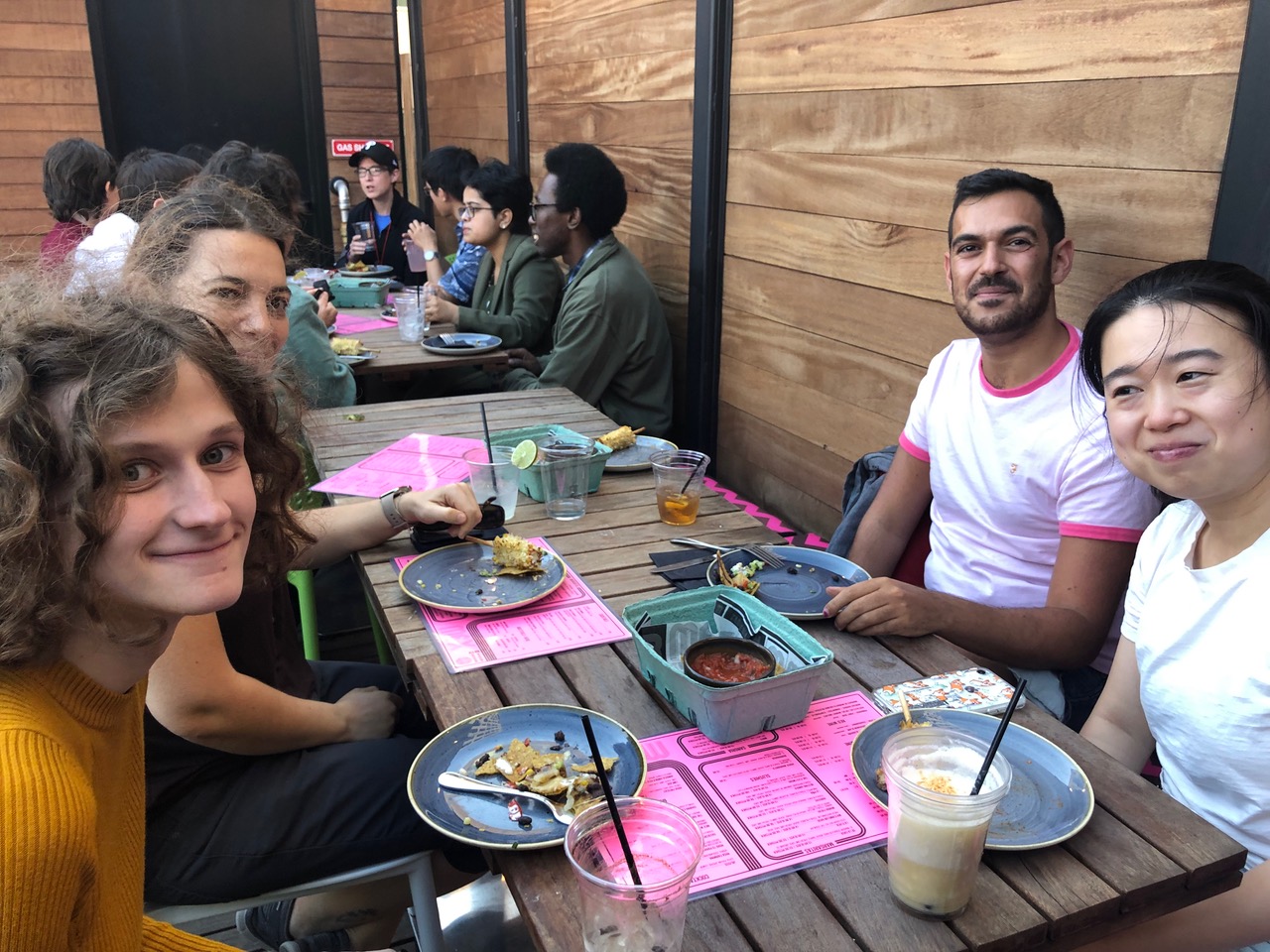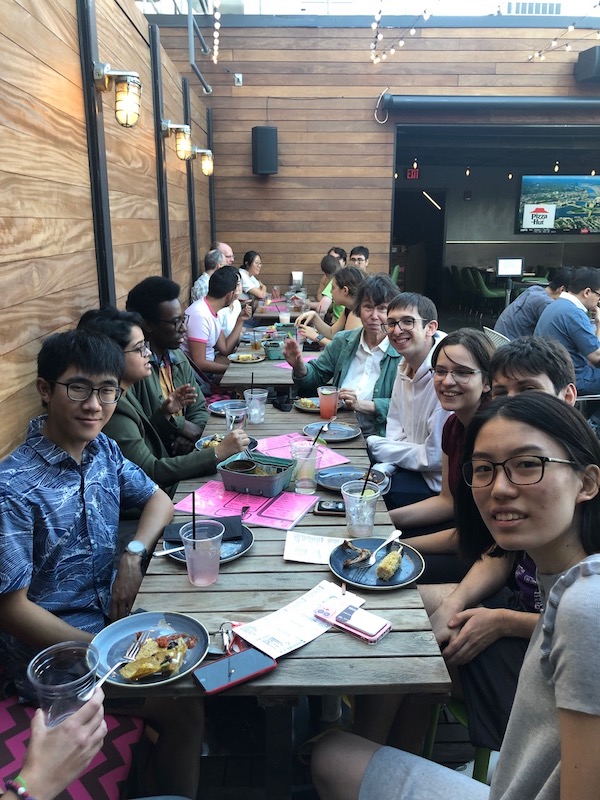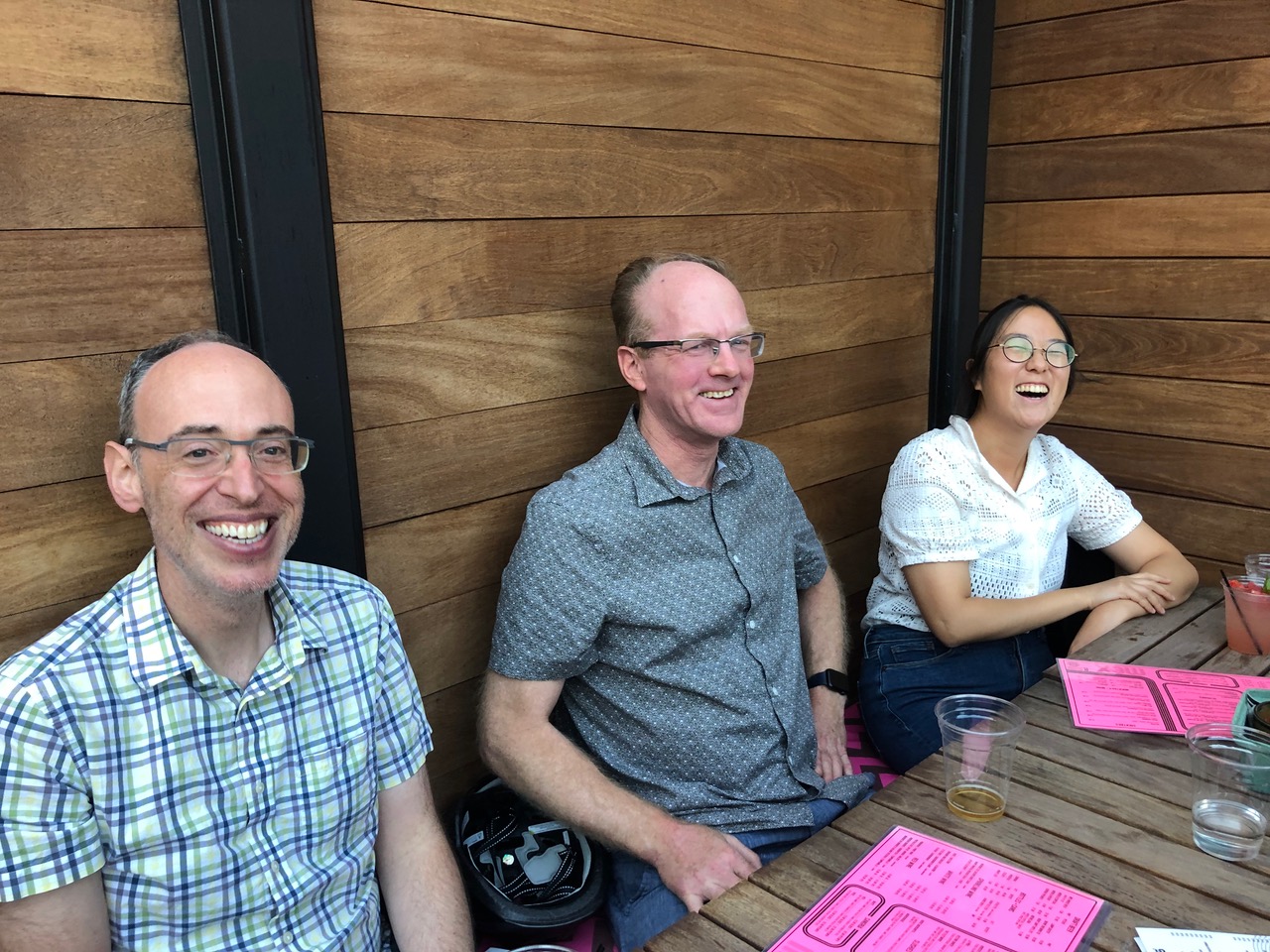Speaker: Donca Steriade (MIT)
Title: Vowel-to-Vowel intervals in quantitative meter
Time: Monday, October 17th, 5pm - 6:30pm
Location: 32-D831
Abstract:
I present evidence for V-to-V intervals as units of rhythm, drawn from laws that govern the distribution of word-final V̆C0# sequences in the quantitative meters of the classical languages.
Weight-changes in phrasal contexts: The talk analyzes changes in the weight of word-final V̆(C)# positions between phrase-final and phrase-medial contexts, as diagnosed by the quantitative meters of Greek and Latin. The relevant generalizations are outlined in (2). The top row shows the metrical weight of the first position in a V̆CC0V string containing a word boundary, as observed in dactylic hexameter lines. The 3rd and 4th rows indicate that some phrase medial cross-boundary V̆CC0V sequences are underattested, thus arguably disfavored.
| (2) |
First position is metrically high |
First position is metrically heavy |
| |
(a) V̆C#V |
(b) V̆#CV |
(c) V̆#CCV |
(d) V̆C#CV |
(e) V̆CC#V |
| Greek |
|
restricted |
restricted |
restricted |
|
| Latin |
|
restricted |
impossible |
restricted |
|
The restricted shaded cells contain sequences that are underattested at major junctures in the dactylic hexameter, or absent in all positions. Unshaded cells correspond to favored sequences (V̆C#V is favored over V̆#CV at a major juncture) or unrestricted ones (V̆CC#V compared to V̆CC#CV). Unlike V̆C# and V̆# finals, heavier V̄C0 # and V̆CC(C)# finals are not restricted.
Interval-based and syllable-based analyses: The sequences in (2) are parsed into intervals in table (3), and into syllables in table (4). Shaded cells correspond, as in (2), to restricted sequences:
| (3) |
(a) |V̆C|#V |
(b) |V̆#C|V |
(c) |V̆#CC|V |
(d) |V̆C#C|V |
(e) |V̆CC|#V |
| (4) |
(a) V̆.C#V |
(b) V̆.#CV |
(c) V̆#C.CV |
(d) V̆C.#CV |
(e) V̆C.C#V |
The interval parses in (3) reveal a simple reason for selective underattestation: in all shaded cells, the weight of the word-final interval has changed in the shaded cells relative to its weight in isolation, as one or more Cs were added to it by the following word. By contrast, the word-final interval in (a) and (e) maintains line-internally the same weight as in isolation.
On an interval analysis, all patterns of underattestation outlined in (2-4) emerge as driven by the preference for weight correspondence between intervals in isolation and their correspondents in line-medial or phrase-medial contexts. All substantial changes of weight between the isolation context and the line-medial context are disfavored, and cause poets to avoid the sequence.
Compare now the syllable-based parses, (4). No syllabic factor distinguishes restricted sequences from unrestricted ones. The weight of the first syllable in (4.a) and (4.c) must be attributed, on any syllable-based theory of weight, to the reassignment of a C from one syllable to a neighboring one, turning heavy final V̆C.# into the initial light V̆.C#V in (4.a); and light V̆.# into heavy V̆#C. in V̆#C.CV, (4.e). So both (4.a) and (4.c) have undergone resyllabification, but only (4.c) is restricted. Also hard to explain is why, of the two sequences that begin with a light syllable, VC#V (4.a) and V#CV (4.b), the unrestricted sequence V.C#V is the result of resyllabification. Similarly mysterious is why (4.d) V̆C.#CV, with syllable and word boundaries properly aligned, is restricted, while syllabically misaligned (4.e) V̆C.C#V occurs freely.





